PPT-Virtual Reality in Education:
Author : anastasia | Published Date : 2023-10-27
An overview of the field Learning Technology Research Cluster 19 th June 2018 by Dorothy DeWitt University Malaya Malaysia Visiting Scholar at Department of
Presentation Embed Code
Download Presentation
Download Presentation The PPT/PDF document "Virtual Reality in Education:" is the property of its rightful owner. Permission is granted to download and print the materials on this website for personal, non-commercial use only, and to display it on your personal computer provided you do not modify the materials and that you retain all copyright notices contained in the materials. By downloading content from our website, you accept the terms of this agreement.
Virtual Reality in Education:: Transcript
Download Rules Of Document
"Virtual Reality in Education:"The content belongs to its owner. You may download and print it for personal use, without modification, and keep all copyright notices. By downloading, you agree to these terms.
Related Documents

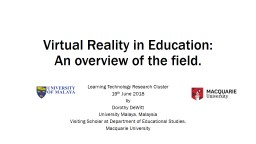
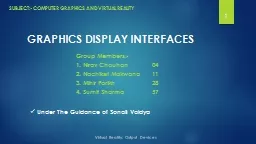
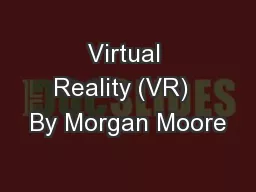
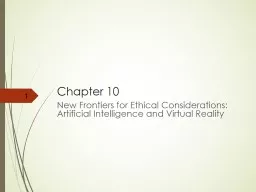
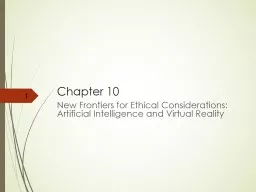
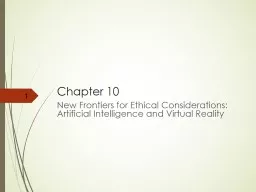
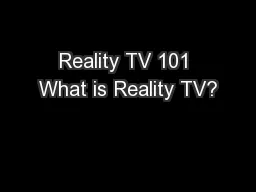
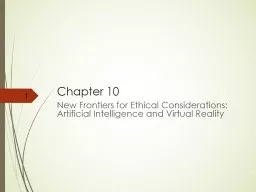
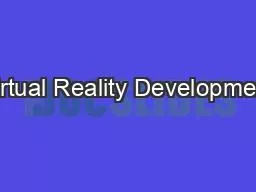
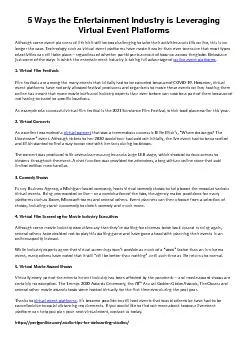
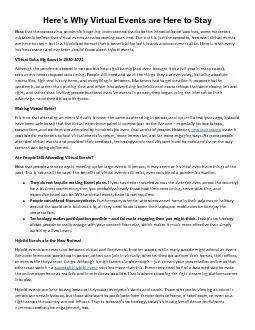
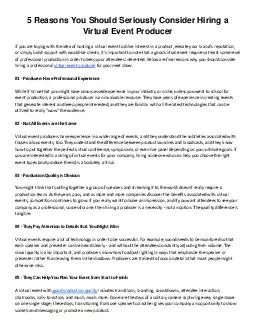
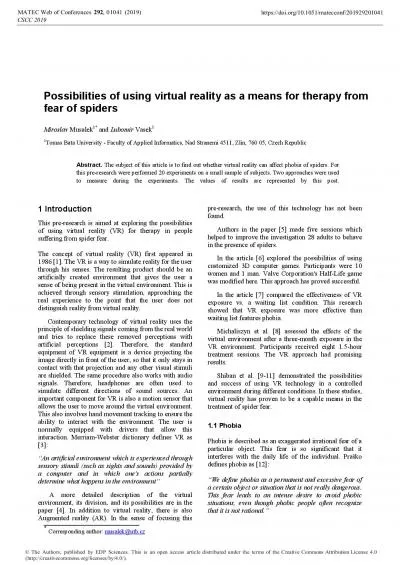
![[PDF]-Complete Virtual Reality and Augmented Reality Development with Unity: Leverage](https://thumbs.docslides.com/989816/pdf-complete-virtual-reality-and-augmented-reality-development-with-unity-leverage-the-power-of-unity-and-become-a-pro-at-creating-mixed-reality-applications.jpg)